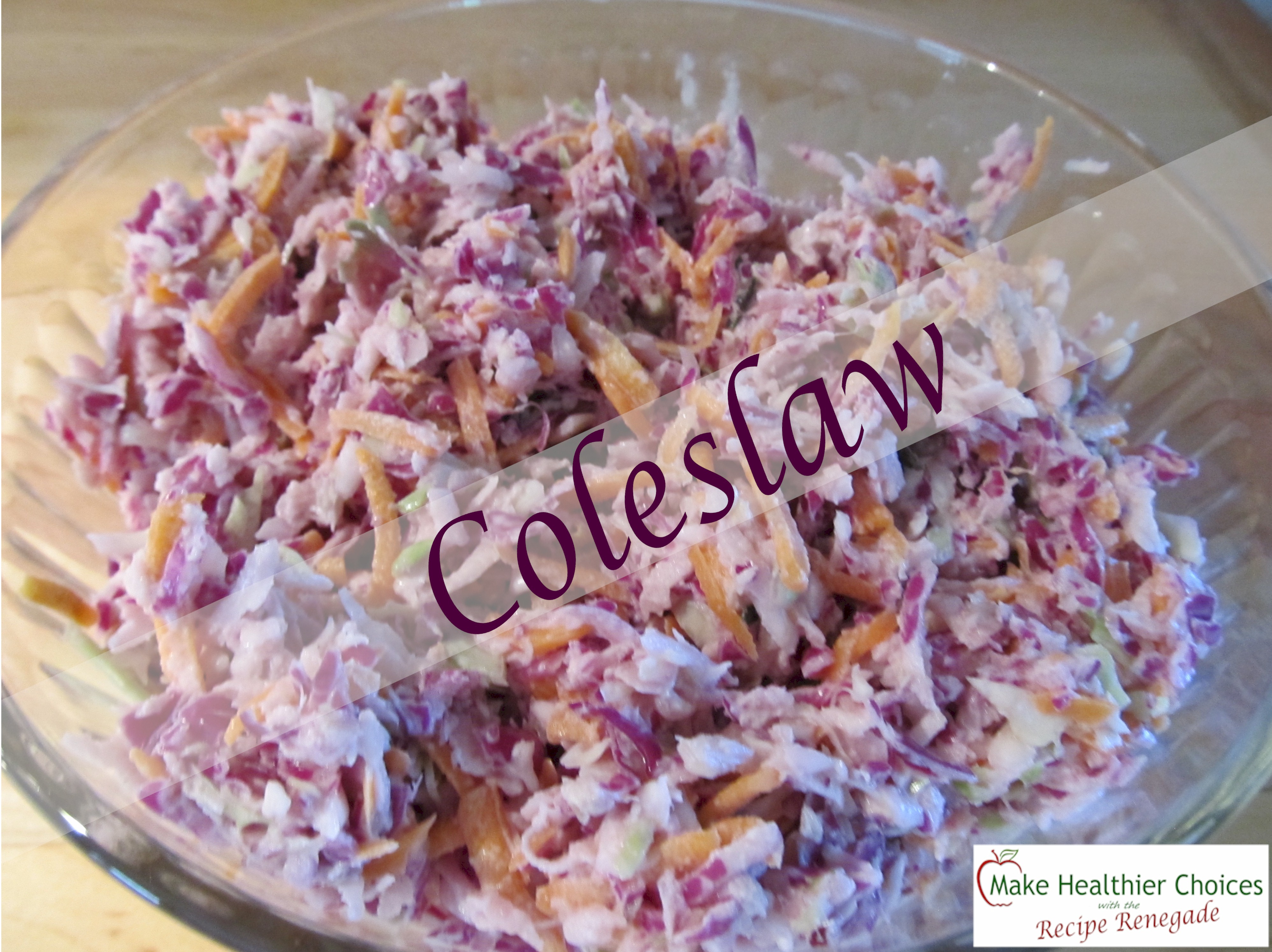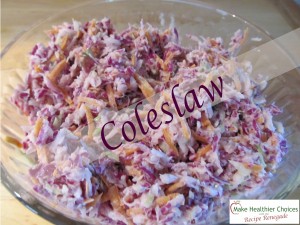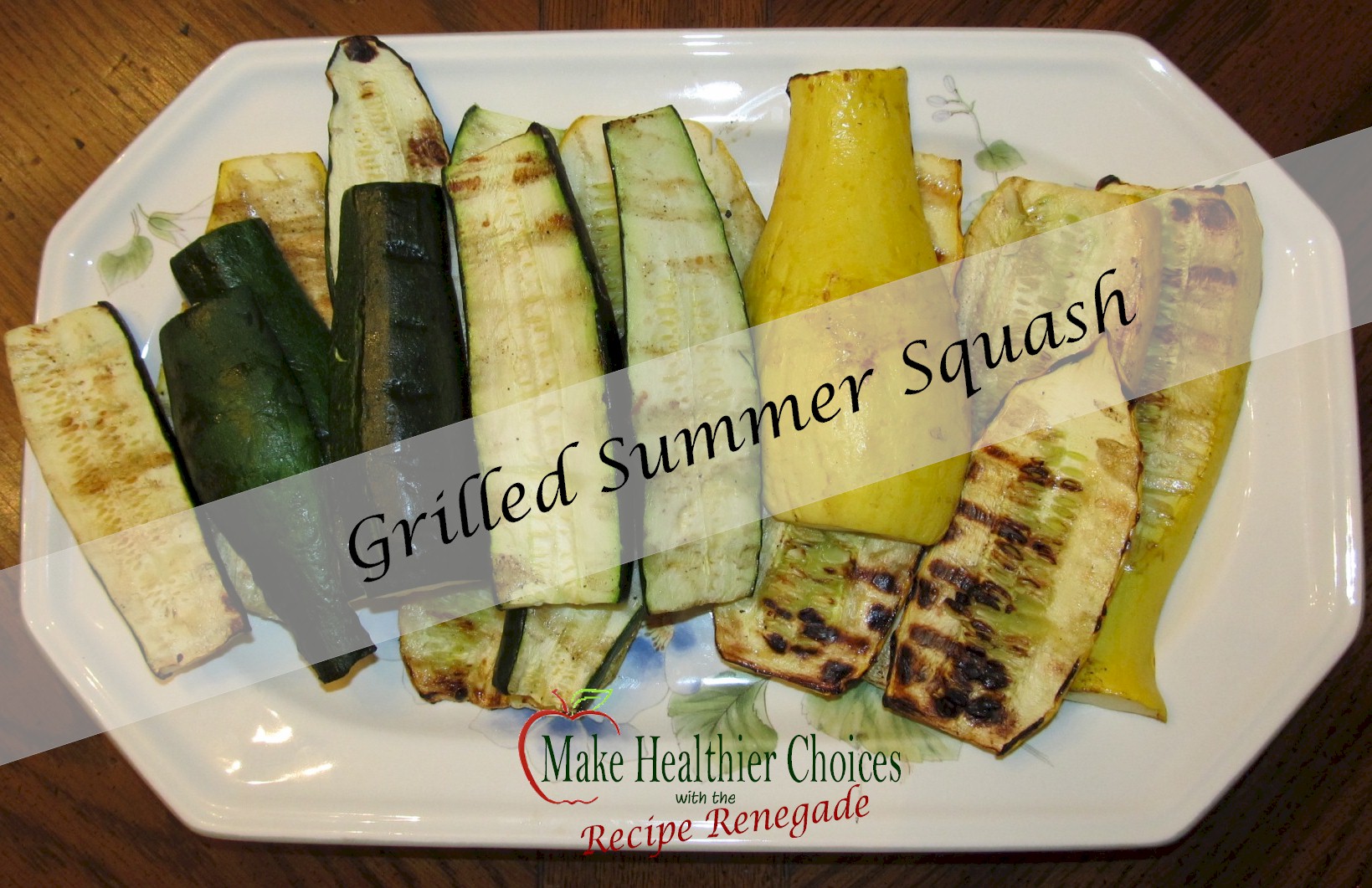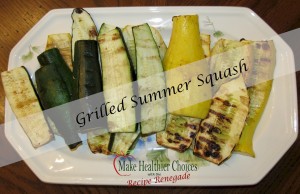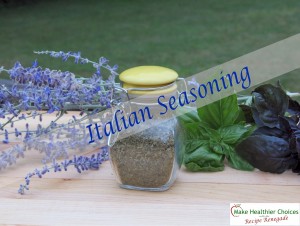If you have a young child, you probably know by now that head lice are becoming immune to treatments. Considering it’s back-to-school time, you might be starting to panic. So here’s my head-lice story:
One beautiful summer day (and many years ago), a young girl came to stay with us. Her parents were leaving on vacation and dropped her off directly after picking her up from summer camp.
Shortly after the young girl went home after her two-week stay, my phone rang. On the other end was her mother, “My daughter has head lice.” She didn’t sound too happy, but I think I almost fell over. I don’t like bugs and I certainly didn’t like the thought of head lice! I grabbed my daughter, scrutinized her hair and head and found nothing. Checked my husband’s. Nothing. Mine. Nothing. Surely, if her daughter had head lice, my daughter, I or my husband would have head lice, right? I was in disbelief and didn’t think it possible.
I jumped in my car and drove, about 20 minutes away, to her house. There they were. Her daughter sat having her hair combed out, after being washed with that toxic shampoo. I could see the different stages of dead lice sitting on top of her wet hair. (Kind of like those three different generations of squash bugs I found and eradicated in my garden yesterday – ick.) Oh my gosh, I thought, she’s been in my house for two weeks! I was horrified!
How could it be that this young girl, who slept in the same bedroom for two weeks with my daughter, had a major infestation of head lice, while the rest of us had none. Don’t get me wrong—we all did that sure-to-dry-out-anyone’s-hair lice shampoo thing and I spent an entire day at the laundromat. All the clean clothes and bedding sat in my car while I went through the entire house with my vacuum cleaner—never seeing a single louse.
I don’t know about you, but I’m starting to itch! 
Then, one day I realized that every household product including my laundry detergent, shampoo, conditioner and body soap contained tea tree oil. All the products came from a company that put tea tree oil in virtually all their products. There isn’t any other explanation that makes sense as to why those little buggers stayed put, except, plain and simple, bugs do not like tea tree oil. This happened many years ago and before I understood the amazing power of essential oils.
If I had a young child who could potentially bring home head lice, I’d surely be putting tea tree oil in their (and my) shampoo and conditioner and probably even in body soap and laundry detergent. I’d be spraying it in their hats, too. If you decide to use tea tree oil, DO NOT LET THE OIL GET INTO THE EYES!!!
If you’re interested in using clinical-grade (meaning they are guaranteed to have the same constituents as those used in clinical trials) essential oils that are microbial tested and heavy metal tested, please check out Améo Essential Oils. Contact me with any questions you may have and before ordering so I can help you get the best price: lynn at makehealthierchoices.com .
UPDATE – February 12, 2016 – I just came across this article that mentions using coconut oil for lice. I’ve never tried it (hope I never have to) but thought it might be worth a try, especially if it’s mixed with a little clinical-grade tea tree essential oil.


